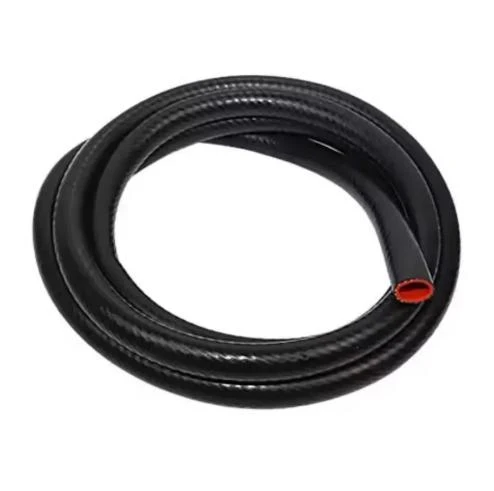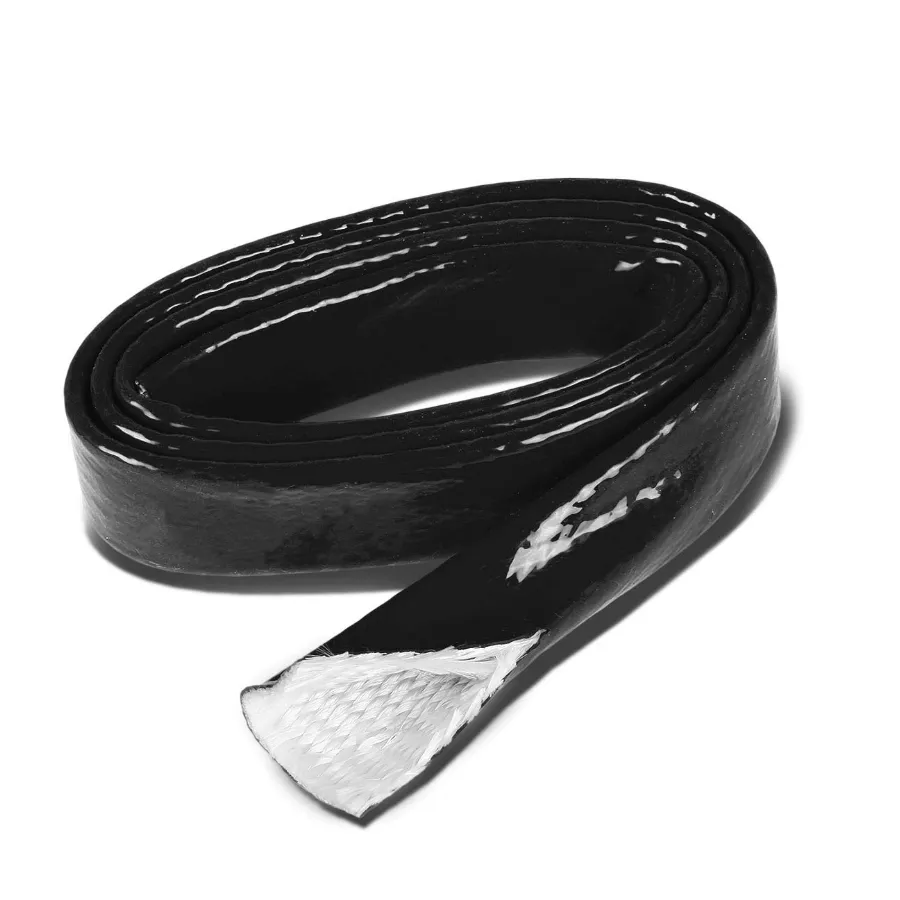
- Afrikaans
- Albanian
- Amharic
- Arabic
- Armenian
- Azerbaijani
- Basque
- Belarusian
- Bengali
- Bosnian
- Bulgarian
- Catalan
- Cebuano
- Corsican
- Croatian
- Czech
- Danish
- Dutch
- English
- Esperanto
- Estonian
- Finnish
- French
- Frisian
- Galician
- Georgian
- German
- Greek
- Gujarati
- haitian_creole
- hausa
- hawaiian
- Hebrew
- Hindi
- Miao
- Hungarian
- Icelandic
- igbo
- Indonesian
- irish
- Italian
- Japanese
- Javanese
- Kannada
- kazakh
- Khmer
- Rwandese
- Korean
- Kurdish
- Kyrgyz
- Lao
- Latin
- Latvian
- Lithuanian
- Luxembourgish
- Macedonian
- Malgashi
- Malay
- Malayalam
- Maltese
- Maori
- Marathi
- Mongolian
- Myanmar
- Nepali
- Norwegian
- Norwegian
- Occitan
- Pashto
- Persian
- Polish
- Portuguese
- Punjabi
- Romanian
- Russian
- Samoan
- scottish-gaelic
- Serbian
- Sesotho
- Shona
- Sindhi
- Sinhala
- Slovak
- Slovenian
- Somali
- Spanish
- Sundanese
- Swahili
- Swedish
- Tagalog
- Tajik
- Tamil
- Tatar
- Telugu
- Thai
- Turkish
- Turkmen
- Ukrainian
- Urdu
- Uighur
- Uzbek
- Vietnamese
- Welsh
- Bantu
- Yiddish
- Yoruba
- Zulu

Фев . 18, 2025 01:19 Back to list
Floating Dredging Hose


In terms of innovation, the landscape of formed rubber hoses is constantly evolving, with research and development driving the emergence of materials possessing superior heat resistance, chemical stability, and flexibility. Groundbreaking developments in nanocomposite materials, for instance, have resulted in hoses that are not only more durable but also lighter, which is a crucial factor in weight-sensitive applications like aerospace. The authoritative voice of industry veterans often stresses the importance of selecting the right hose for specific applications—a decision reliant on understanding the nuances of material compatibility, mechanical performance, and environmental exposure. The longevity of a rubber hose is intrinsically linked to these factors, and leveraging the expertise of seasoned professionals can provide invaluable insights during the selection and installation process. In real-world applications, feedback from engineers and maintenance teams provides a wealth of knowledge, reinforcing the cycle of improvement and innovation. User experiences shared in industry forums and peer-reviewed journals contribute to a better understanding of operational challenges and successes, further enhancing the collective knowledge base of formed rubber hose applications. The market's increasing demand for environmentally sustainable products propels manufacturers to explore eco-friendly raw materials and production methods, ensuring that the development of formed rubber hoses aligns with global sustainability goals. This shift not only aids in reducing the carbon footprint but also meets the changing preferences of conscientious consumers and corporations seeking greener operations. In conclusion, formed rubber hoses represent a sophisticated blend of material science, engineering prowess, and application-specific expertise. Their role in facilitating the efficient functioning of critical systems underscores their value and justifies their careful design and manufacture. As industries continue to push boundaries, formed rubber hoses will remain at the forefront, adapting swiftly to new challenges and maintaining their indispensable place in the world of engineering.
Latest News
Steel Wire Reinforced Hydraulic Hose SAE 100 R1 / EN853 1SN S
NewsOct.17,2024
Two Layers Steel Wire Reinforced Hydraulic Hose SAE 100 R2 / EN853 2SN
NewsSep.03,2024
Textile Braid Reinforced Hydraulic Hose SAE100 R3+R6
NewsSep.03,2024
Textile Reinforced Hydraulic oil Suction Hose with embedded Steel Wire SAE 100 R4
NewsSep.03,2024
Single Wire Braid and Textile Covered Hydraulic Hose SAE 100 R5
NewsSep.03,2024
High Pressure Thermoplastic Hydraulic Hose SAE 100 R7 / EN855 R7 - SAE 100 R8 / EN855 R8
NewsSep.03,2024
Heavy Duty Four-layer Steel Wire Spiral Reinforced Hydraulic Hose SAE100R9+R10+R12
NewsSep.03,2024
Heavy Duty Multi-layer Steel Wire Reinforced Hydraulic Hose SAE100R13 SAE100R15
NewsSep.03,2024
Latest Products










